Since the 70's Ford has had at least one SuperVan each decade leading up to the 21st Century. Yet Ford then went into a dry spell on SuperVans as the market changed in what customers wanted. Now Ford has revisited the SuperVan with a very modern 21st century twist in the AWD E-Transit SuperVan.
First let's take a walk down memory lane in the history of the Ford SuperVan with the 1971 SuperVan, a van that many in the US never saw, but a Transit that started it all.
We then move onto the next Ford SuperVan from 1984. Another European Van that was popular for Ford and much bigger.
1995 Ford SuperVan continued a full-size affair in Europe and this time tied up with Cosworth
Then we had a dry patch as it took 27 years to bring us the next crazy insane version of a Ford SuperVan and this time it is an AWD Electric E-Transit as Ford Pro moves back to the mini-van format. To quote the Ford press release:
The Ford Pro Electric SuperVan fully utilizes the potential of electric performance and enhanced connectivity to achieve the highest performance of any Ford van ever and underscore the company’s huge commitment to electrification.
Four electric motors, a 50 kWh liquid-cooled battery and a bespoke control system produce approximately 2,000 PS for sub two-second 0-100 km/h acceleration. Performance from a purpose-built, track-ready chassis including components from the recently unveiled E-Transit Custom 1 – the first fully electric version of Europe’s best-selling van 2,3 – is complemented by Ford’s SYNC in-cab touchscreen technology 4 from road-going Ford models, as well as additional functionality to control the Electric SuperVan’s unique capabilities.
The enhanced connectivity keeps the driver informed and enables real-time data transmission for remote vehicle management and optimized performance, just like the integrated services that can accelerate the productivity of over 125,000 Ford Pro customers across Europe. Selectable drive modes and regenerative braking technologies similar to those on Ford production electric vehicles also feature.
The striking, all-electric demonstrator vehicle was developed in secret by Ford Performance and electrified rally and racing specialists STARD in Austria, with exterior design by the Ford Design team in Cologne, Germany.
“We’re bringing SuperVan into the 21st century with 2,000 PS of all-electric power for unmatched excitement and unmistakable styling inspired by the new E-Transit Custom. But performance isn’t all about horsepower – the Electric SuperVan’s processing power means engineers can use real-time vehicle data to optimize its performance, just like on a top-level racing car,” said Mark Rushbrook, global director, Ford Performance Motorsports.
Ford’s first SuperVan was revealed in 1971 and featured a mid-mounted engine taken from the Le Mans-winning Ford GT40 to create a Transit Mk. 1 unlike any other. The formula was taken further for SuperVan 2; a Glassfiber version of the Transit Mk. 2 body was draped over the monocoque and 590 PS Cosworth V8 of Ford’s C100 racing car. This vehicle was later reborn as the facelifted Transit Mk. 3 lookalike SuperVan 3, powered by a screaming 650 PS Cosworth HB engine shared with Formula 1 cars of the era.
“Ford Pro is all about accelerating productivity for our customers – so why not create a new Electric SuperVan that proves the power of electrification and connectivity,” said Hans Schep, general manager, Ford Pro, Europe. “This incredible demonstrator vehicle takes E-Transit Custom’s advanced engineering and distinctive look to a whole new level, and is high-speed proof of the power of Ford Pro’s connected services ecosystem.”
For those that might not understand Europe performance numbers, here are the translated info:
- Zero to 62 mph in under 2 seconds
- 4 electric motors good for 1,972 HP or 2,000PS as they state
- Based on the All-New, All-Electric E-Transit
The bullet points of this 21st century SuperVan:
- Ultra-high-performance Ford Pro Electric SuperVan is an all-electric demonstrator inspired by new E-Transit Custom to showcase Ford Pro digital and EV capability
- Motorsport-spec suspension and brakes meet a 2,000 PS powertrain; SuperVan also features Ford SYNC connectivity, bespoke drive modes and regenerative braking
- Must-see van makes its global debut at the Goodwood Festival of Speed, UK, driven by Le Mans racer and electric record-setter Romain Dumas
The Ford Pro team of Europe turned the customization up to an 11 with the 21st century SuperVan. They had the following to say about this SuperVan.
Quote:
“The chance to be part of the iconic SuperVan story and reimagine what it could be in the 21st century was a dream opportunity,” said Amko Leenarts, director, Design, Ford of Europe. “The fourth chapter of the SuperVan story is designed to be the fastest, most extreme yet while keeping the Transit DNA. The proportions are a more dramatic version of what we developed for the E-Transit Custom and the front light bar creates a futuristic expression, making the Electric SuperVan the absolute pinnacle of Transit design language.”
The demonstrator vehicle’s motorsport-spec construction marries the E-Transit Custom floorpan with a steel spaceframe and lightweight composite body panels. A bespoke 50 kWh liquid-cooled battery pack is mounted for optimum weight distribution and a low centre of gravity and can be fully recharged in approximately 45 minutes using a standard electric vehicle fast-charger. The driver can access charging and battery insights via the in-cab touchscreen.
Four electric motors together deliver approximately 2,000 PS through an all-wheel drive system – enough to propel the incredible van to 100 km/h in under two seconds and making it comfortably the fastest SuperVan ever, as well as the cleanest.
Like any good van, the Electric SuperVan features a loadspace behind the driver; a door in the bodyside makes loading and unloading cargo easy, and Ford is developing a secure electromagnetic release system controlled via the SYNC screen.
A suite of onboard cameras can immerse audiences around the world in the action during SuperVan’s impressive high-performance runs. As on the Ford E‑Transit, the driver can pull camera feeds onto the in-cab screen and switch between them to help position the vehicle.
Ford Performance and STARD’s motorsport input is immediately obvious; the dramatically sculpted body’s front splitter, side skirts and rear diffuser would be at home on a racing car, while the radical rear design’s cutaways and dorsal fin flow into the rear wing to generate downforce and push the Electric SuperVan into the track for more grip.
The racing influence continues under the skin with unequal-length double wishbone suspension at each corner. Motorsport-grade front and rear subframes, uprights, and brakes deliver the braking and steering capability to match the enormous straight-line go.
The touchscreen also enables control of the selectable drive modes that tailor the Electric SuperVan’s torque maps, regenerative braking and control responses to suit different driving scenarios:
· Road – for rare cases of “normal” driving
· Track – for balancing speed and cornering on track with racing slick tyres
· Drag – for maximum acceleration on drag strips while using drag racing radial tyres
· Drift – for spectacular drifting, agility demonstrations and snow driving
· Rally – for optimum performance on tarmac and gravel rally stages with special tyres
Further performance fine-tuning is delivered by an electronics package that includes traction control, launch control, a pit-lane speed limiter and three-stage regenerative braking to return energy to the battery – similar to the L Mode function on E-Transit. At low speed, ECO Mode keeps the motors at optimal efficiency, turns the regenerative braking up to maximum and cuts drive to the rear axle. For maximum speed, an E‑Boost button puts a temporary power and torque boost at the driver’s fingertips.
A Tyre Cleaning Mode can deliver exhilarating driving displays; this new feature fully brakes one axle while spinning the other, creating impressive burnouts on the front or rear axles that help clean and warm the tyres before performance runs.
Just like a modern racing car – and Ford’s hard-working vans – the Electric SuperVan can send real-time data to software for remote vehicle management. Businesses can use Ford Pro E‑Telematics 7 or FordPass Pro 8 to track the health and security of their fleet; similarly, Ford Performance trackside engineers can monitor the Electric SuperVan via dedicated management software that translates live data into insights on speed, lap times and vehicle systems.
Beyond demonstrating Ford’s advanced electric vehicle and connectivity know-how, the Electric SuperVan is also a high-speed science experiment. Its demanding driving scenarios and unrestricted design concept allow Ford to push the boundaries of electric vehicle engineering and connectivity to improve its future race cars and road-going vehicles, software and services.
So now that the Electric SuperVan is here, that leaves only one question to be asked, Who is ready for a Custom SuperVan themselves?
This brings back memories of corvette Summer and the custom vans in that movie as well as all the custom vans we saw at auto shows.
Could this SuperVan be the start of the next custom auto revolution?

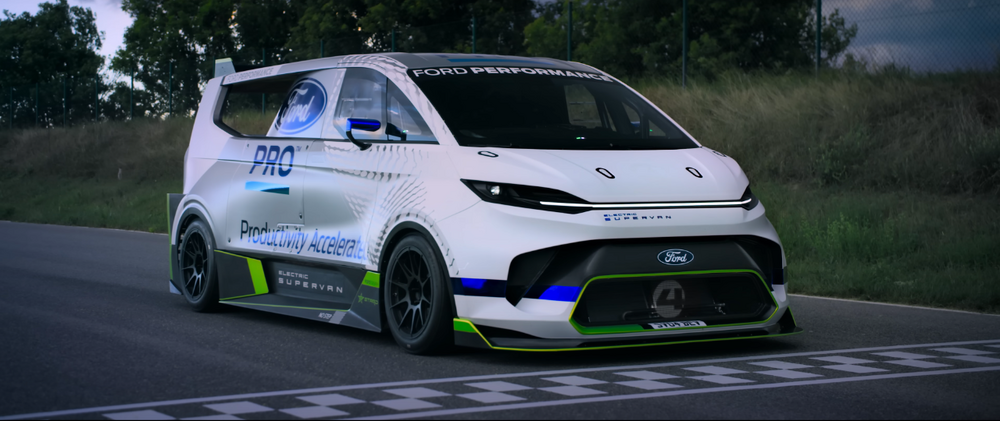


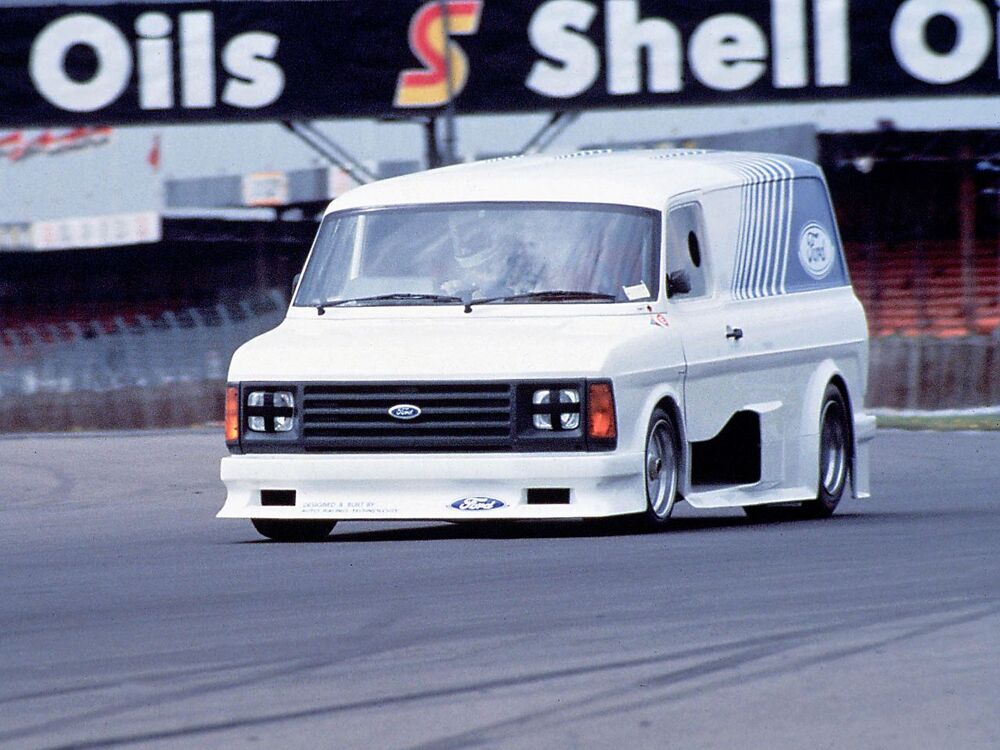
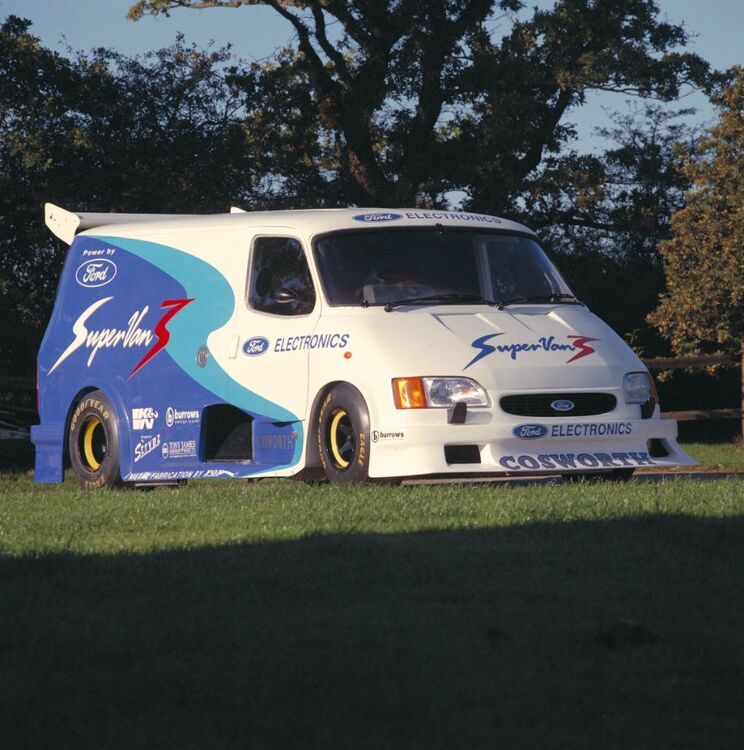
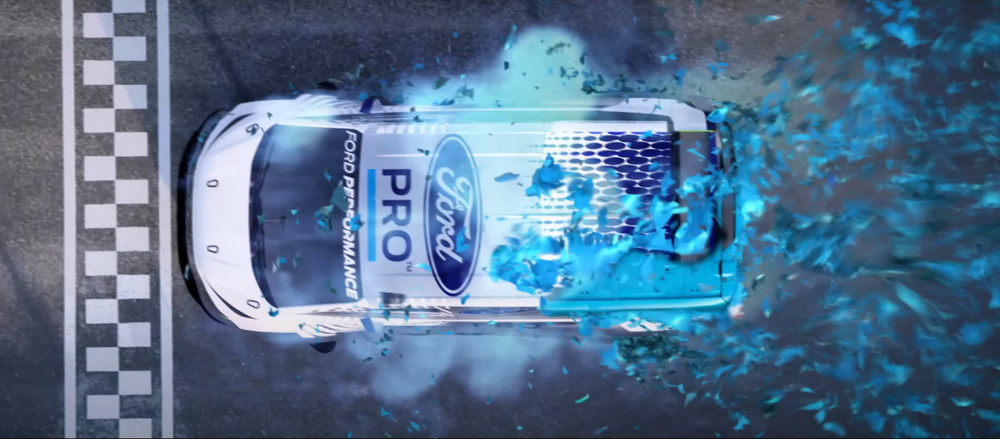



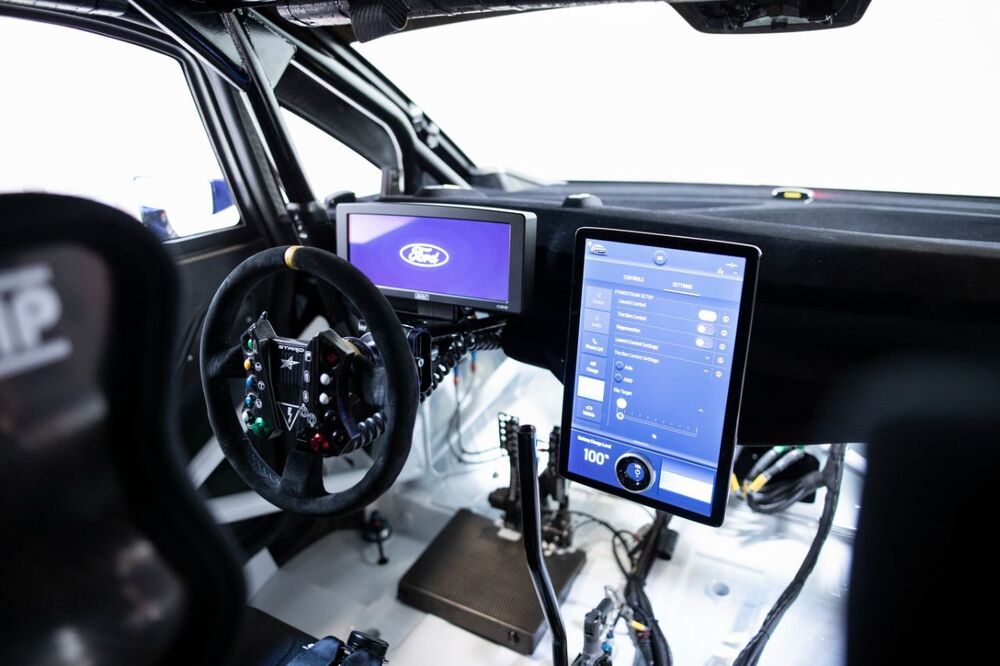




-3707742431.jpg.06edf8e14f4ccf35c60d4774a543cc11.jpg)


Recommended Comments
There are no comments to display.
Join the conversation
You can post now and register later. If you have an account, sign in now to post with your account.
Note: Your post will require moderator approval before it will be visible.